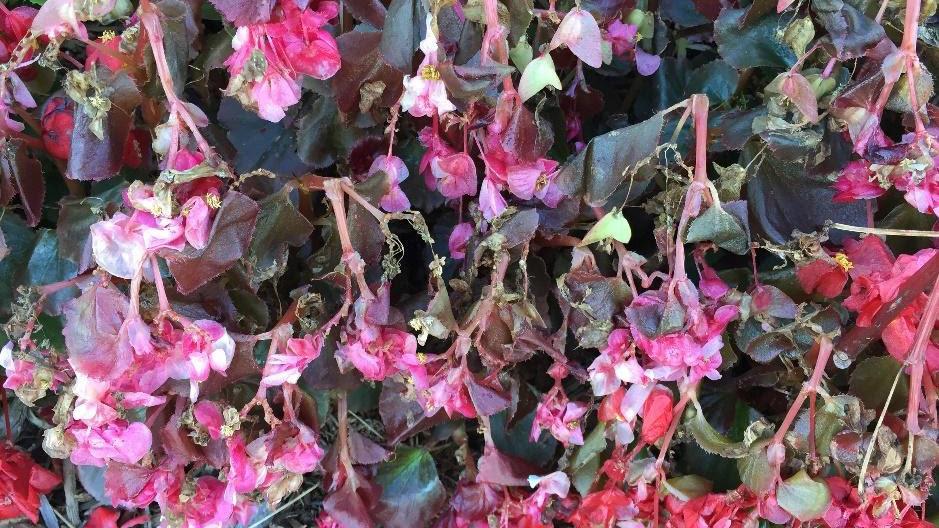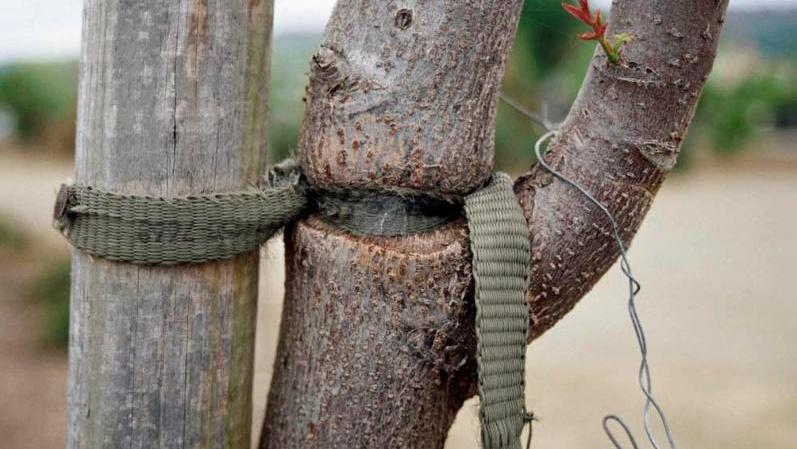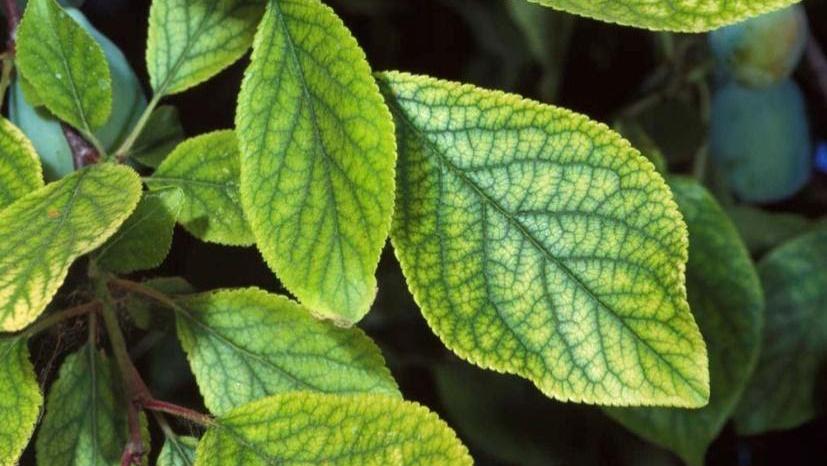Other Garden Problems

> Physical factors
> Environmental factors
> Mechanical factors
> Chemical factors
Stormy weather, lack of water, drifting herbicides, freezing temperatures, transplant shock, compacted soils, mower injury, and lack of nutrients are some examples of factors that can damage plants. They are caused by non-living (abiotic) factors. In these cases, the term injury or disorder is more fitting than disease.
Abiotic disorders are very common, and are the result of physical, environmental, mechanical, or chemical exposure, damage, or injury.
Physical or mechanical injury can produce open wounds on plants that can be points of entry for disease causing organisms.
Physical factors
Forces of nature can break or tear branches, topple plants, tatter foliage, or sunburn fruits or tree bark.
Damage comes in many forms such as wind, hail, storms, or direct or reflected sunlight.
Specific event connection - Most of this type of injury is linked to a specific event.
Environmental factors
Too little or too much of life supporting factors including soil moisture, air, and temperature.
Mechanical factors

These are often the result of planting or maintenance activities:
Cuts, gouges and other trauma - Lawn mowers, weed trimmers, pr improper pruning with hedge trimmers or chainsaws can gouge, rip, pr split the trunk or limbs.
Girdling - Guy wires, strong, trunk wraps, or girdling roots can damagae trunks.
Excavation damage - Excavation to install sidewalks, irrigation systems, or utility lines can sever a portion of a plants root system.
Chemical factors

Exposure to chemical products including herbicides, insecticides, fungicides, and plant-growth regulators can do damage to plants. Most often from use of inappropriate products, overly high rates or concentrations of products, or certain product mixtures.
Identifying a specific cause of an abiotic disorder can be difficult as symptoms may be the same for different causes. For example, a plant may wilt due to too little OR too much water. Browning on the edges of plants (necrosis) may be from air that is too dry, temperatures that are too high, or over-fertilization.
Learn how to identify the causes of plant problems before implementing any remedies.

